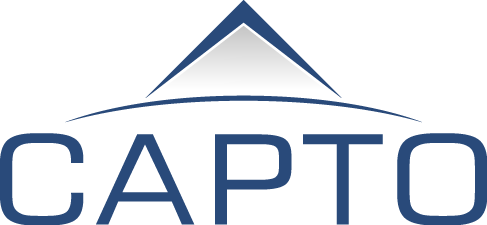2016: The Year of the Empowered Patient
I’ve yet to see the statistic that a new app is born every five minutes, but I’m sure it exists somewhere. At last count, there were 265,000 health-related apps on the iTunes and Android stores. Certainly the FitBit and its heart monitor predecessors paved the way for new health apps ranging from blood sugar monitors for diabetics, to weight loss, to support communities for any number of health afflictions.
The IMS Institute for Healthcare Informatics recently analyzed 26,000 health apps and found that only 36 of these apps comprised 50% of all downloads (that’s 36 total, or 0.1%). Still, the implications and opportunities that arise from this increased level of engagement and monitoring by individuals is unprecedented. It is a gold mine of actionable data for the healthcare companies that can analyze and connect the individual dots in a meaningful way for consumers.
Technology Advances
Progressive technologies can also open endless doors for insurance providers. Providers have the potential to develop systems in collaboration with physicians to intervene and help remind patients to take exams and indicate a problem so they can be addressed sooner rather than later. These smart technologies increase the amount of data about each person, which actually helps physicians and insurance companies provide better care for patients.
InformationWeek recently reported that according to Sam Volchenboum, director of the Center for Research Informatics at the University of Chicago, “The coming year will bring patients more-informed treatments, faster rates of innovation, and new ways of ‘mashing up’ healthcare data, leading to greater insights into hard-to-crack diseases like cancer.”
Using The Right Data to Answer the Right Question
But how do providers use these technologies to create real and effective benefits for their customers? Some providers may take this to the concierge medicine levelby tailoring treatments at the DNA level. Others may take a more broad approach first, identifying the right questions to ask of the right data sets to determine what is most valuable to their customers as a whole or by segment. This will vary by provider, patient group, or disease to name a few.
From there, the provider should clearly define their value proposition so it resonates with its target audiences.
This foundation sets the direction for the go-forward strategy. It’s a race to the finish line: whoever has the quickest time to market will be the providers who succeed the world of the empowered patient.
The Perk For Consumers
The result is also valuable for consumers: More data about personal health helps people to take control and be more knowledgeable of their own health, which means reduced downstream medical costs, making them better customers for insurance companies.
Consumers are definitely embracing the idea. According to the PwC report about 32% of consumers had at least one health app on their phones in 2015, up from 16% in 2013. Consumers will begin tracking far more than general fitness. For example, EKG devices monitor vitals via Bluetooth and the Embrace Watch detects seizures in patients with epilepsy. There are also glucose trackers, pacemakers and other devices aimed at combating diabetes, sleep disorders and cardiovascular diseases. Soreon Research reports the market for wearables spouting all kinds of health data will reach $41 billion by 2020.
As more insurance providers put the control into the hands of the consumer and introduce tools to help track important data, this will lead to a marketplace where there can be in-depth analysis of health information, ultimately providing invaluable insights necessary to advance care, reduce costs and improve overall patient health.

